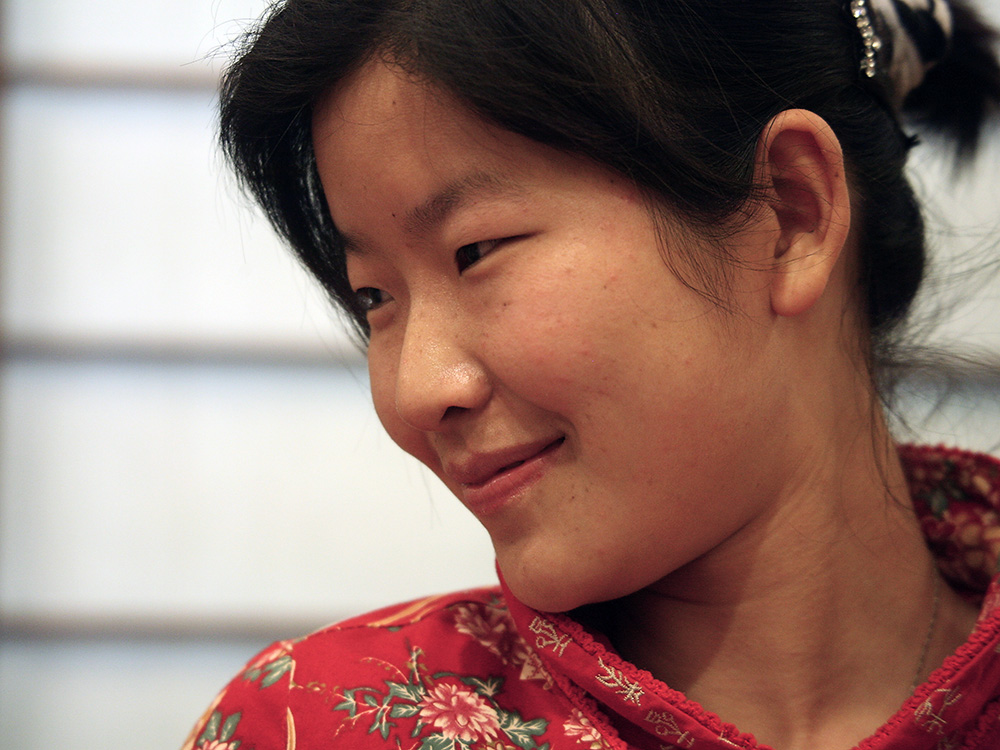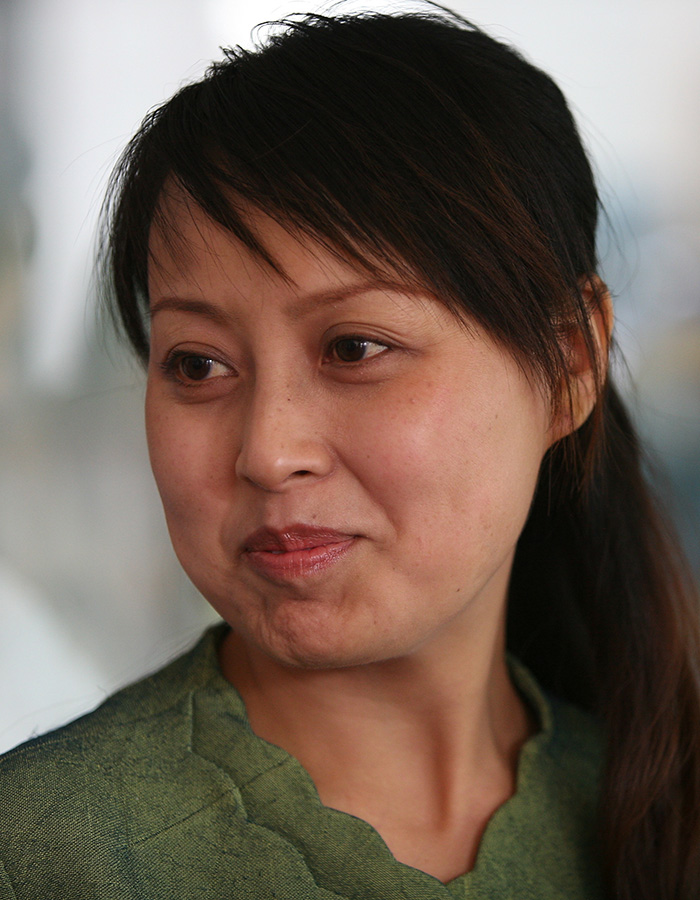I is a pronoun. we follow news of the earthquakes in Turkey and Syria, it is easy to think of the people in the tragic scenes as simply inhabitants of a place that is distant and unrelated to us, a place of faceless "victims" of a horrible event. In fact, they are people just like us. Yes, they dress differntly, they speak a different language, and they eat different food than we do, but they are people like us: they have the same hopes, the same dreams, and we all share the smae common humanity.
15 years ago, in a happier time for Urfa, I visited the city. It is one of the nicest places I have been ...the kind of city where I would enjoy living.
When we follow news of the earthquakes in Turkey and Syria, it is easy

China remains 100% Chinese, but Western clothing styles are prevalent among the young and the affluent.
This shop window could be in any Western country. It represents one face of modern China.

It has been several years since I have traveled widely in China and perhaps by now LED displays have replaced the neon signs that were ubiquitous. This would be sad, just as the disappearance of neon from Times Square and Piccadilly leaves some of us nostalgic for the exuberance signage of earlier times.
The bright neon, like many things today in China, echo of the era before World War II when affluence among the upper strata of Chinese society produced excesses of ostentatious consumption.
"Our Own Restaurant" in English was added as a touch of international sophistication. Mr. M. Mouse, seen in the bottom of the photo, is almost certainly used in violation of Disney's copyright ...but this also is very Chinese.

China remains 100% Chinese, but Western clothing styles are prevalent among the young and the affluent.
This shop window could be in any Western country. It represents one face of modern China.

China remains 100% Chinese, but Western clothing styles are prevalent among the young and the affluent.
This shop window could be in any Western country. It represents one face of modern China.

China remains 100% Chinese, but Western clothing styles are prevalent among the young and the affluent.
This shop window could be in any Western country. It represents one face of modern China.

China remains 100% Chinese, but Western clothing styles are prevalent among the young and the affluent.
This shop window could be in any Western country. It represents one face of modern China.

China remains 100% Chinese, but Western clothing styles are prevalent among the young and the affluent.
This shop window could be in any Western country. It represents one face of modern China.

China remains 100% Chinese, but Western clothing styles are prevalent among the young and the affluent.
This shop window could be in any Western country. It represents one face of modern China.

The Xi'an People's Hotel was originally built in 1953, not long after the Communist victory in the Chinese civil war. It was originally designed to be a VIP hotel for visiting party officials and international dignataries and reflects European architectural influences frequently found in pre-communist China. Following China's move to a capitalist maket economy it was re-designed to top interational standards and is now a luxury hotel. It retains its original exterior style.
P.S. It is one of the most comfortable places I have ever stayed.

China remains 100% Chinese, but Western clothing styles are prevalent among the young and the affluent.
This shop window could be in any Western country. It represents one face of modern China.

China remains 100% Chinese, but Western clothing styles are prevalent among the young and the affluent.
This shop window could be in any Western country. It represents one face of modern China.

China remains 100% Chinese, but Western clothing styles are prevalent among the young and the affluent.
This shop window could be in any Western country. It represents one face of modern China.

The Xi'an People's Hotel was originally built in 1953, not long after the Communist victory in the Chinese civil war. It was originally designed to be a VIP hotel for visiting party officials and international dignataries and reflects European architectural influences frequently found in pre-communist China. Following China's move to a capitalist maket economy it was re-designed to top interational standards and is now a luxury hotel. It retains its original exterior style.
P.S. It is one of the most comfortable places I have ever stayed.
The first time I went to China it wasn't China that I visited, but Hong Kong ...then a colony of the United Kingdom. This was in the late 1970's. Hong Kong was China in character and spirit, but with a light British veneer on top and a British flag flying over government buildings. The official language was English, but few spoke it outside the Chinese elite. Hong Kong was China, but China "lite".
Across the bay was the city of Canton (as we knew it on thos days), the real China. Communist China was just taking its first steps to come out of its isolation and it was possible from Hong Kong to take an officially authorized Red Chinese government tour of Guangzhou (Canton), but the application process was complicated and our time was too limited to make the trip. It would have been a wonderful opportunity to see China under Maoism, but other trips to the mainland came later when the chages brought by capitalism were just beginning to gain speed. I arrived in time to see glimpses of what had been before.
All the trips I have made to China have been made with delegations with official or semi-official status. For me, groups are an excellent way to do photography because you go to different kinds of places and, even though you are part of a group, you can wander off on your own when you see something attractive to photograph. (This does not work if you are leader of the delegation, only if you are just a member. I have had frustrating experiences when serving as a delegation leader and attempting to stop to take pictures, only to be sternly called back to my duties.)
The photos in this collection....

Prof. Rodger Randle
OU Center for Studies in Democracy and Culture

The University of Oklahoma Tulsa
4502 East 41st Street, Tulsa, Oklahoma 74135
E-mail: randle@ou.edu
Click here to visit our homepage.